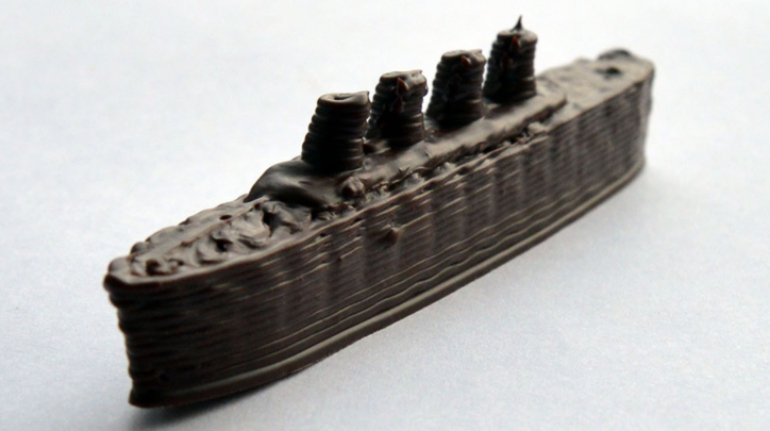In a market jam-packed with a variety of different 3D printing manufacturers and 3D printer resellers, it’s sometimes hard to gauge exactly which facets of the industry are succeeding and which are not. But, the globally pioneering e-commerce service Amazon is certainly capable of providing the proper insight into how 3D printing is fairing and where the desktop market is currently heading. Headquartered in Seattle, Washington, Amazon launched their 3D printing storefront back in 2014, and has since garnered the largest selection of 3D printers, filaments, and accessories on the market. Looking at recent data unveiled by JeeQ data, a majority of their 3D printing devices that Amazon has sold come from equal array of companies that include 3Doodler, Printrbot, Robo3D, XYZPrinting, and Aleph Objects. But, as most of us additive manufacturing enthusiasts know, the 3D printing industry is a fragile beast that is extremely subject to change. So, we decided to turn to Amazon in order to gain some insight on what direction the desktop 3D printing market is heading. We had the chance to speak with Lori Richter, an Amazon Spokesperson, about the trends that the company has noticed in 3D printing, along with their thoughts and future goals in regard to desktop 3D printing. Q: What are some 3D printer sales trends that you’re seeing? Lori Richter: Amazon has seen 60 percent growth year-over-year in 3D printer purchases, mostly driven by low-cost devices. From an industry standpoint, we’ve seen an increase in purchases from the education and makers sectors. Q: What are some 3D printing material trends that you’re seeing? Richter: Customers come to us for not only the breadth in selection offered, but also the ability to quickly evaluate, compare and purchase the right 3D printing material for their unique projects. We have seen the average price of a 3D printer decrease, which has increased sales and, thus, the demand for 3D printing materials. Q: What is Amazon’s general view of desktop 3D printing? Richter: Our customers are using 3D printing in many different, unique, important and innovative ways. It’s our goal to provide them with the most expansive, competitively-priced selection of 3D printers and 3D printing products so they’re able to focus on the applications of this technology. Q: Does Amazon see big players getting seriously involved, and what would that mean? Richter: We have an expansive selection that includes major 3D printer companies such as Aleph Objects and Robo 3D, as well as 3D printing supply companies such as Hatchbox 3D. Further, we are onboarding new vendors every day, bringing on more products that make it possible for business customers to buy the supplies central to their operations, including industrial parts and manufacturing inputs. From an industry perspective, there is constant innovation on 3D printer applications. For example, 3D printers continue to increase their presence in classrooms across America as a way for students to learn STEM concepts and critical skills such as teamwork, problem-solving in a fun and engaging manner. Other benefits include supporting diverse learning and bringing concepts into the real world for students. Q: What does Amazon consider the advantages of 3D printing, both as products to sell and as a way to possibly alter some of its current distributive models? Richter: Customers are using 3D printers in many different, unique, and innovative ways. It’s our goal to provide them with the most expansive, competitively-priced selection of 3D printers and 3D printing products so they’re able to focus on the applications of this technology. In addition, 3D printers provide a significant savings in replacement part costs. Not only is the part more cost-efficient to produce, but it eliminates the need to hold inventory parts as you can print on-demand. For example, we here internally at Amazon Business recently needed a replacement review mirror cradle on one of our 3D printers. Through traditional sourcing the part would have cost $180, but we were able to print it for just $27.










